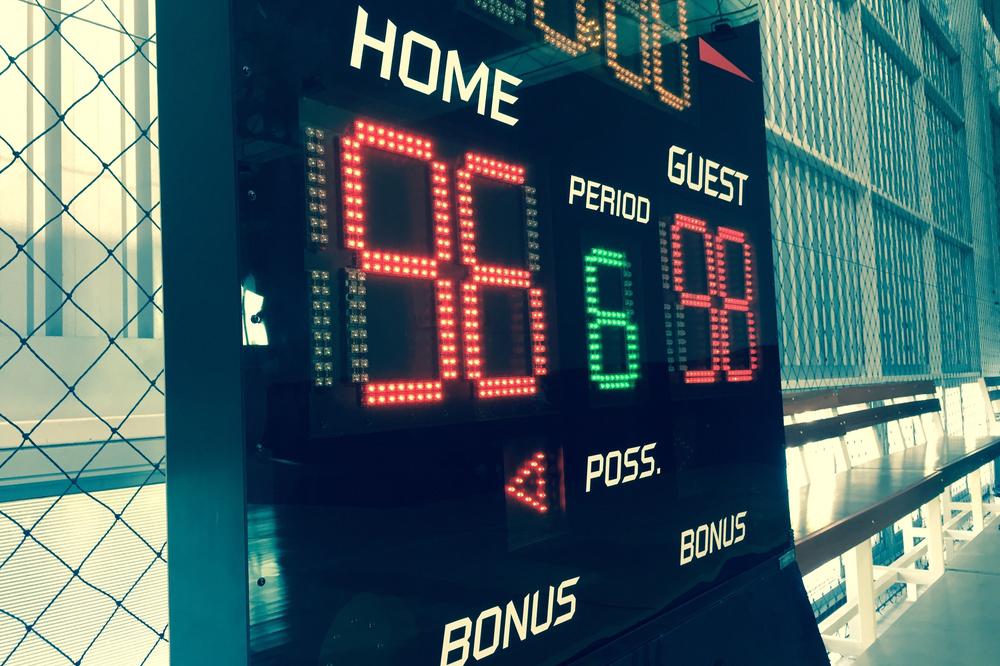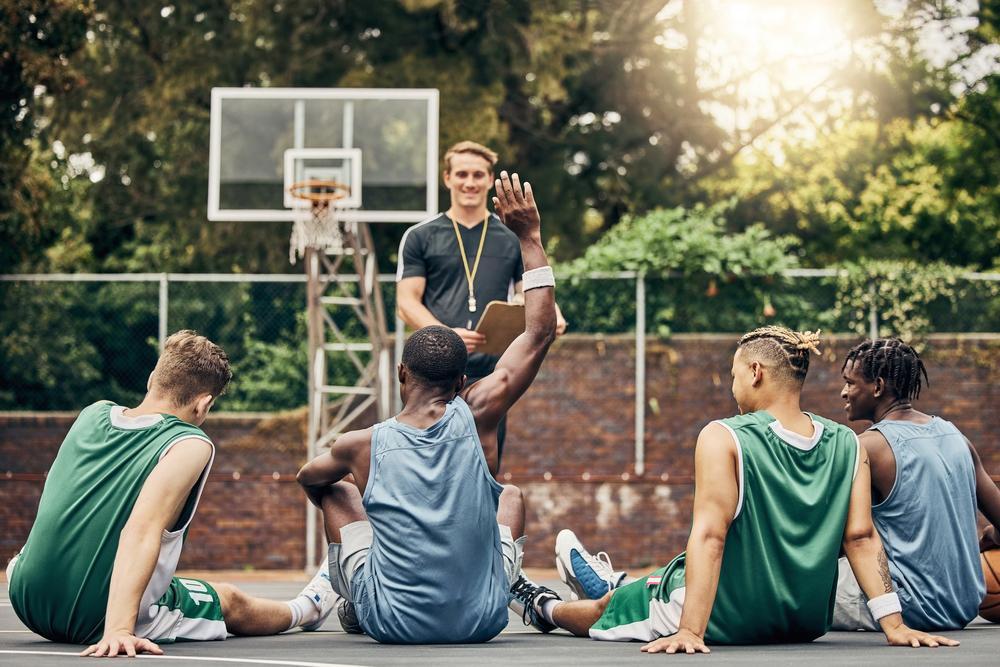 We live in a goal-obsessed society.
We live in a goal-obsessed society.
From school curriculums to corporate mission statements to the latest gaming apps, goals are so ubiquitous they can give people ‘achievement anxiety’ when they struggle to reach them. This anxiety is only amplified when we abandon our goals, such as the nearly 90% of people who fail to follow through on our New Year’s resolutions.
Setting goals can set a good example for our kids, but many parents don’t feel qualified to help youth athletes establish goals when they have trouble fulfilling their own. It’s not that we don’t have it in us to create real change (or to inspire our athletes to the same). Instead, the problem often lies in the goals themselves.
Taking the time to rethink and reframe common sports goals (like those below) to be SMART (Specific, Measurable, Achievable, Realistic, and Timely) can help set sensible benchmarks for youth athletes and teams that get real results without anxiety or disappointment.
Setting a Specific Goal
Either a coach or a player could set the goal of: “Improve free-throw shooting this season.” While this is a good start, the goal lacks specificity. To make it more specific, we can add a parameter to define improvement. For instance: “Improve free-throw shooting percentage by 15% this season.” Setting a specific goal helps define what will be necessary to achieve it, and then a coach or player can create a plan for getting there, like adding 15 minutes of free-throw shooting to the end of every practice.
Setting a Measurable Goal
Parents, coaches, and athletes tend to set nebulous goals out of a fear of failure or an unwillingness to commit to change. If you can’t measure success or failure, you can’t really fail. If you don’t really want to do the work to achieve a goal, setting a nebulous goal gives you an easy out. “I want to be better at…” or “I want to be more…” is typically the start of an unmeasurable goal. How are you going to measure “better” or “more”? If you’re going to be “a more supportive teammate”, what does that mean? Being a more supportive teammate can be a perfectly good goal for a youth athlete; it just needs a measurable component. For instance: “I will be a more supportive teammate by saying something positive to at least five teammates during each game.”
Setting an Achievable/Attainable Goal
To be an effective, a goal needs to be something an athlete has control over. When you don’t have control over the factors that determine success or failure, the means to achieve your goal are out of your control. For instance, a youth athlete playing a team sport might want to set the goal of: “Win every game this season.” The trouble with this goal is that a single player cannot control the outcome of all the games this season. Similarly, a goal of “I want to play at least 40 minutes every game” is troublesome because a player doesn’t control his or her playing time. A basketball player, however, could set a goal around making at least 75% of his or her free throws in a game.
Setting a Realistic Goal
Effective goals need to be challenging, but they also need to be realistic. It is one thing for a teen athlete to increase the weight he or she can squat by 15% during summer break. In contrast, doubling the weight he or she can squat may be an unrealistic goal for that same timeframe. Many times, it is important for parents and coaches to provide guidance on how realistic a youth athlete’s goals are. While we all want to encourage kids to dream big and pursue ambitious goals. If your child has goals that are way too ambitious for the timeframe available (like going from a novice gymnast to the Olympic team in one year), encourage them to keep pursuing the larger goal, but set more realistic goals for right now that help them move toward that ultimate goal.
Setting a Timely Goal
Effective goals have appropriate deadlines. The timeline for a goal needs to be short enough to provide a sense of focus or urgency, but long enough for the athlete to gain the skill, strength, or speed to accomplish it. A goal with an open-ended timeline is not as effective because athletes can just keep putting it off, and they eventually lose interest or focus.
A timely goal for a youth athlete might be: “Run a sub-6 minute mile by the end of the season.” This would be an improvement over setting a less-timely goal of: “Run a sub-6 minute mile.”
Avoiding Over-Setting
With goal-setting, the dose truly makes the poison.
Especially when it comes to helping youth athletes set goals, avoid the temptation to become too goal-oriented. An over focus on goal achievement can come with many negative side effects, including creating a ‘win at all costs’ mentality, the inability to be flexible as circumstances change, and hindered teamwork as a result of focusing too much on individual goals.
According to Max Bazerman, author of Goals Gone Wild: The Systematic Side Effects of Overprescribing Goal Setting, goal-setting can create greater extrinsic motivation to do something (such as keep a daily progress calendar or notebook up-to-date or seeing one’s’ name rise on a stats chart), that can in turn hurt an athlete’s intrinsic motivation. In other words, they’ll no longer want to do something for the sake of doing it.
What Bazerman recommends is to carefully examine whether proposed goals will inadvertently create any pitfalls such as unhealthy competition, decreased cooperation, or higher risk taking amongst members of the team.
Youth sports are an invaluable teaching tool for most of life’s lessons, one of them being the power of setting good goals. While encouraging your athletes to set goals and showing them how to make good ones, always keep in mind that goals are there to direct and empower us, not to make us feel bad for abandoning or altering them.



